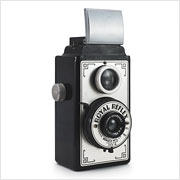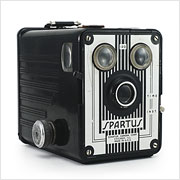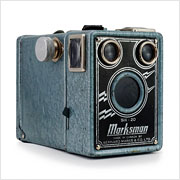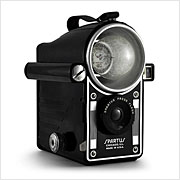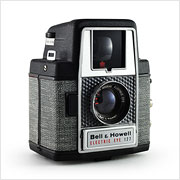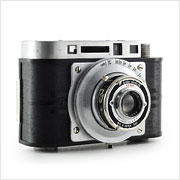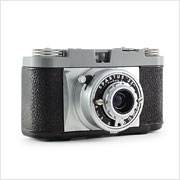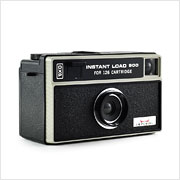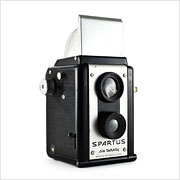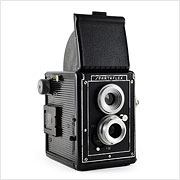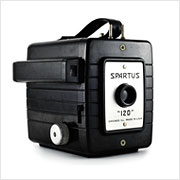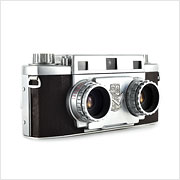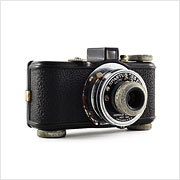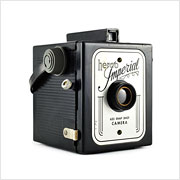Monarch Royal Reflex
The Monarch Royal Reflex is a pseudo-TLR (a box camera that superficially resembles a twin lens reflex camera) made of an early plastic named Bakelite and introduced in 1939 by the Monarch Manufacturing Company. Monarch (sometimes also spelled “Monarck”), was just one of a many names that made up the Chicago Cluster—a collection of Chicago-based camera brands including Spartus, Acro, and Falcon which appear to be multiple fronts for a single manufacturer. As such, the Monarch Royal Reflex was also sold under different names such as the Monarch Kando Reflex, Remington Flex-Master, and Pickwick Reflex. Its basic design also exists in the form of models like the Metropolitan Clix-O-Flex, Metropolitan Metro-Flex, and the aluminum-bodied Utility Falcon-Flex.

